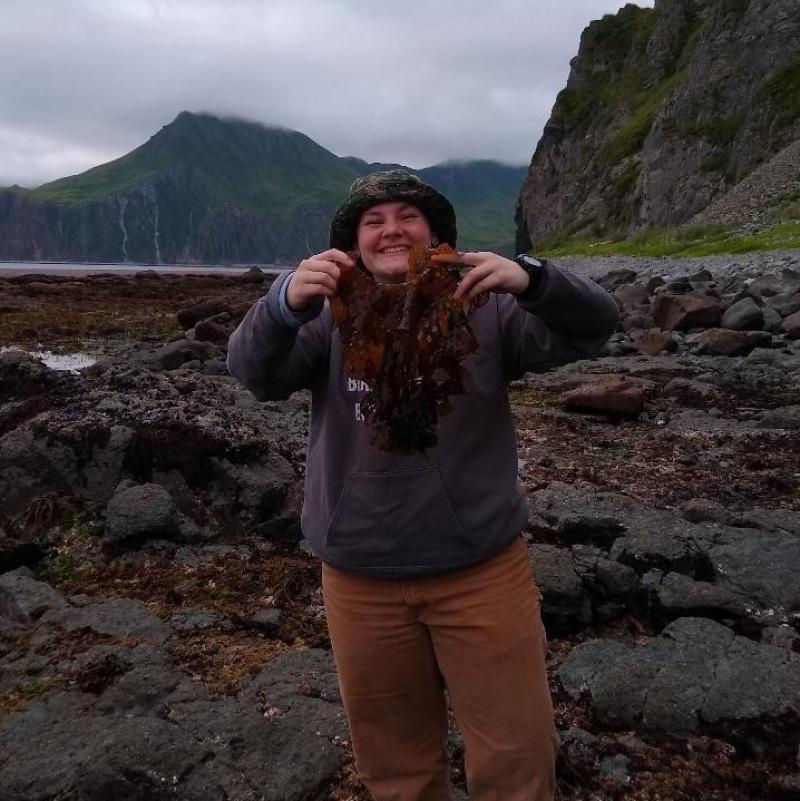Day 30
The COUNT is important to me, but in “observer world” this is a polarizing topic.
There are different forms of this counting. The most straightforward way is just crossing out days on a calendar. This is the method I prefer. I go into the calendar day one or two into my contract and mark which day my 90th will be. I also note the large milestones in between 30, 45, and 60.
There are other ways to count that I’ve tried. For example I’ve counted just by laundry days. This is about once or twice a week depending on the kind of boat you are on and what species they are fishing. Some observers count offload days, when the boat comes into town or goes to another boat to remove the fish or product. Trips can range from as little as one day to as long as 50 before an offload.
I think most observers used to count offloads like this in our pre-pandemic lives.
Now going into town to offload is not as exciting because most of the time we are not allowed off the boats to ensure the safety of the crews, scientific teams, and communities.
Going to town used to be a very happy moment in your contract. As much as most of us love the ocean and seeing all the rad creatures, it is nice to have your feet on solid ground, getting to walk, and even maybe climb a mountain. The other perk of going to town used to be being able to meet up with other observers to hang out on the beach until the wee hours of the morning in the summertime where the sun never fully goes down. This time away from the boat gives all of us time to decompress and rant about whatever happenings were occurring–crew drama or cool fish sightings.
That is why this count down method was the favorite, but not so much anymore.
Thankfully, this is the first contract I’ve had since the pandemic started where I was allowed to go on hikes when we got to town.
So no matter the weather I’m running off this boat and up at least a small hill.
Then there are the observers who do not count at all. They don’t want to even think about it.
We could probably dive deep into the psychology of each of these methods in how to deal with stress, but instead it is funny to me to think about not counting the days.
I write the date at least 15 times a day so I can’t imagine how people don’t count the days.
Day 30 of 90 - in other words - 1/3rd done.






